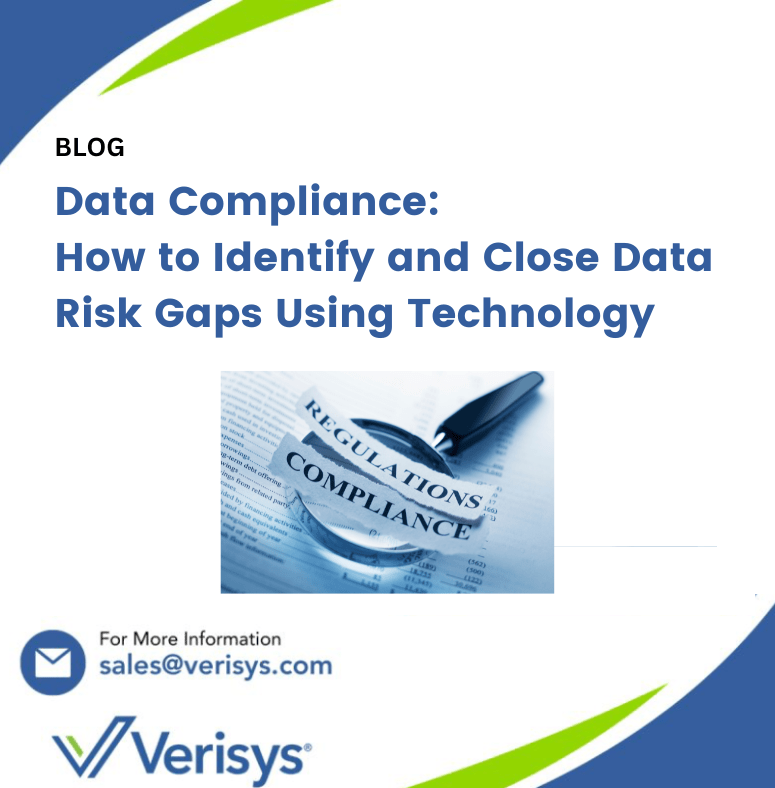– The best resource for monthly healthcare regulatory compliance updates. Compliance Updates: April 2024 Overlook: Licensure Compacts Other Legislation Board Updates Interstate Medical...


A three-part compliance series that focuses on using technology to help you achieve your compliance goals.
Did you know that about 1 in every 20 healthcare providers will have negative information such as a suspension, debarment, or even exclusion in their records? Hiring a provider with red flags, even if in the past, can put your organization at risk for non-compliance.
These non-compliant situations mean: (a) greater risk to patient safety, (b) exposure to liability for negligent hiring, (c) probability of State and Federal civil monetary penalties, (d) restricted practice through sanctions, and (e) loss of patient population or customer relationships through reputational damage.
In this second part of our data compliance series, we will identify common data gaps and how to address them to minimize your organization’s risk. If you missed part one of this series on three focus areas for mitigating organizational risk, check it out here.
For the last several years, the healthcare industry surpassed manufacturing and retail as the largest employment sector in the U.S., with an expected total growth of 13% through 2031. This represents a much higher growth rate compared to other industries.
This is great news for healthcare recruiters and their respective organizations. However, this may present compliance challenges for organizations without established and scalable systems in place for screening, verifications, and continuous monitoring. Without established compliance systems, organizational growth can be costly for an organization.
The cost of recruiting and hiring a physician is high, easily reaching the quarter million mark depending on the location. Additionally, if the organization is without a provider, the lost revenue the healthcare organization incurs during the hiring process can drive this cost much higher.
Without technology automation, on average, it takes two to four months to complete the credentialing and enrollment for a newly hired licensed medical professional. This equates to over $7,000 per year based on 20 or more hours of administrative time. An estimated 75-85% of credentialing applications are incomplete at submission, requiring even more time from medical staff services, the board, and committee members.
The time and expense incurred during this onboarding cycle can’t be offset by billed services until a provider is fully onboarded, which can take up to 18 months. If it is later discovered that the healthcare professional represents a compliance risk, the process must begin anew—duplicating the expense while adding an additional year before billing can occur.
So, how can we prevent this from occurring?
Given the risks, striving for compliance seems simple enough until you look at the obstacles common to so many organizational structures in the healthcare sector.
Conducting an in-house compliance audit or contracting with a third-party vendor to do one can help organizations discover their data risk gaps. While this seems like a logical first step, it can be easily overlooked.
Let’s take a look at two areas where data gaps commonly occur.
The U.S. national healthcare expenditure increased to over $4.3 trillion in 2021, making it highly susceptible to fraud. Several situations can account for healthcare fraud and abuse under the False Claims Act, including but not limited to:
Abuse of a healthcare program comes with stiff fines and penalties for those knowingly or unintentionally participating in any acts of healthcare fraud. This is why regular compliance audits are crucial to protecting your organization and your patients.
With quality measures driving reimbursement, providers have a positive motivation to demonstrate quality of care. But that doesn’t always mean providers don’t have red flags in their past that may add risk to your organization if hired. Only through thorough screening can an organization make informed hiring decisions.
As previously mentioned, a bad hire can result in a significant financial loss for the organization. Because of this, following hiring, all healthcare providers should be continuously monitored against thousands of data sources to provide near real-time red flags on compliance issues. This information provides organizations with the best information to mitigate non-compliance risks for the business and patients.
Many healthcare organizations still have decentralized paper systems where portions of a credentialing file can be scattered across departments. Talent acquisition, human resources, medical staff services, and network management often have different protocols and data sources for screening. As a result, critical decisions are often based on incomplete facts, leading to critical gaps that expose an organization to potential fraud and abuse.
The same fundamental issues, albeit with minor variations, occur across the landscape of organizations in healthcare. Utilizing technology does not always solve the data gap. There is equal opportunity for gaps when running processes on separate spreadsheets using disparate software in different departments. The decentralization of data undermines the compliance audit process, whatever form the data takes.
Healthcare leaders must elevate the conversation around the credentialing process and shed light on the ways gaps in compliance can be debilitating to a healthcare organization. Thankfully, these issues can be addressed by understanding critical gaps and how they can be resolved.
Closing these gaps provides a 360-degree view of each provider, employee, and entity. Thereby paving the way for improved outcomes, quality of care, patient safety, and compliance in billing practices.
Best practices for closing the data risk gaps involve technology that:
Verisys’ FACIS dataset meets all four of the above criteria, effectively helping your organization close its compliance gaps.
Our dataset is the largest and most trusted among those in the healthcare industry. Learn more about how Verisys’ FACIS can help you meet compliance standards.